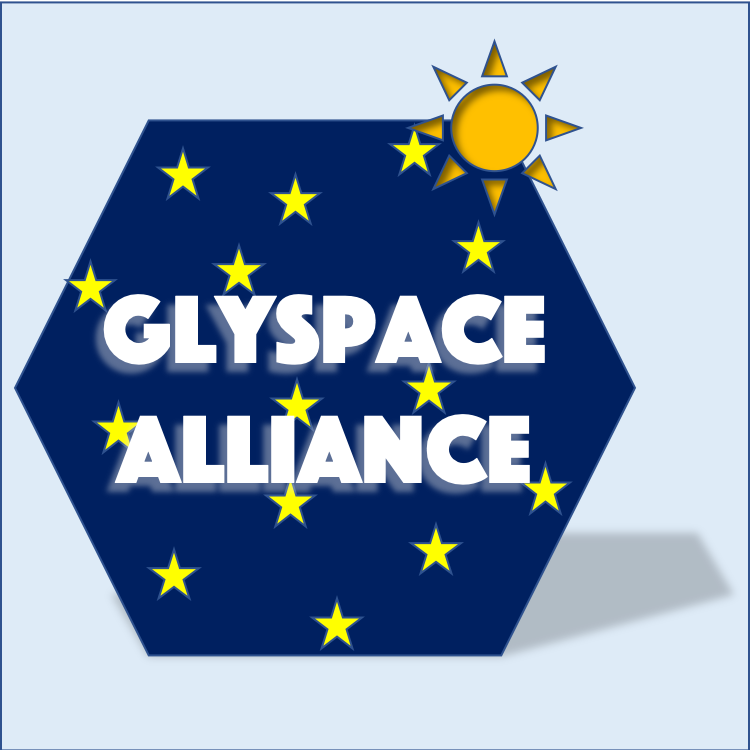 Pathogen Adherence to Carbohydrate Database (PACDB)
Pathogen Adherence to Carbohydrate Database (PACDB)
PACDB provides the information on pathogens (e.g. bacteria, fungus, toxin and virus) adhering to carbohydrates expressed on the cell surface of host animals or plants.
| Database | Last Updated |
|---|---|
| Pathogen Adherence to Carbohydrate Database (PACDB) | June 1, 2016 |
| Species | Pathogen Adherence Molecule | Ligand Name ▼ | Ligand Feature | Target Source | Glycan Sequence | Binding | PubMed ID |
|---|---|---|---|---|---|---|---|
|
Unknown
|
nLc4Cer (Neolactotetraosylceramide; Paragloboside)
|
Oligoglycosylceramides
|
Human erythrocytes
|
Gal(b1-4)GlcNAc(b1-3)Gal(b1-4)Glc(b1-1)Cer
|
Binding
|
||
|
Neutrophil-activating proteins (150-kDa)
|
nLc4Cer (Neolactotetraosylceramide; Paragloboside)
|
Oligoglycosylceramides
|
Human granulocytes
|
Gal(b1-4)GlcNAc(b1-3)Gal(b1-4)Glc(b1-1)Cer
|
Binding
|
||
|
Unknown
|
nLc4Cer (Neolactotetraosylceramide; Paragloboside)
|
Oligoglycosylceramides
|
Intestinal tract
|
Gal(b1-4)GlcNAc(b1-3)Gal(b1-4)Glc(b1-1)Cer
|
Binding
|
||
|
Unknown
|
nLc4Cer (Neolactotetraosylceramide; Paragloboside)
|
Oligoglycosylceramides
|
Dog small intestine
|
Gal(b1-4)GlcNAc(b1-3)Gal(b1-4)Glc(b1-1)Cer
|
Binding
|
||
|
K88ab/K88ac/K88ad
|
nLc4Cer (Neolactotetraosylceramide; Paragloboside)
|
Oligoglycosylceramides
|
Gal(b1-4)GlcNAc(b1-3)Gal(b1-4)Glc(b1-1)Cer
|
Binding
|
|||
|
Adhesins
|
nLc4Cer (Neolactotetraosylceramide; Paragloboside)
|
Oligoglycosylceramides
|
Gal(b1-4)GlcNAc(b1-3)Gal(b1-4)Glc(b1-1)Cer
|
Binding
|
|||
|
Heat-labile enterotoxin
|
nLc4Cer (Neolactotetraosylceramide; Paragloboside)
|
Oligoglycosylceramides
|
Gal(b1-4)GlcNAc(b1-3)Gal(b1-4)Glc(b1-1)Cer
|
Binding
|
|||
|
Heat-labile enterotoxin
|
nLc4Cer (Neolactotetraosylceramide; Paragloboside)
|
Oligoglycosylceramides
|
Gal(b1-4)GlcNAc(b1-3)Gal(b1-4)Glc(b1-1)Cer
|
Binding
|
|||
|
Heat-labile enterotoxin
|
nLc4Cer (Neolactotetraosylceramide; Paragloboside)
|
Oligoglycosylceramides
|
Gal(b1-4)GlcNAc(b1-3)Gal(b1-4)Glc(b1-1)Cer
|
Binding
|
|||
|
Unknown
|
nLc4Cer (Neolactotetraosylceramide; Paragloboside)
|
Oligoglycosylceramides
|
Gal(b1-4)GlcNAc(b1-3)Gal(b1-4)Glc(b1-1)Cer
|
Binding
|
Displaying entries 171 - 180 of 1840 in total
To see the latest features, please visit our beta site.
International Collaboration
GlyCosmos is a member of the GlySpace Alliance together with GlyGen and Glycomics@ExPASy.


Acknowledgements
Supported by JST NBDC Grant Number JPMJND2204
Partly supported by NIH Common Fund Grant #1U01GM125267-01
